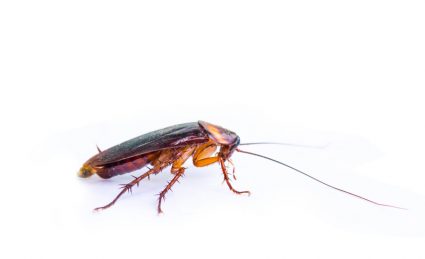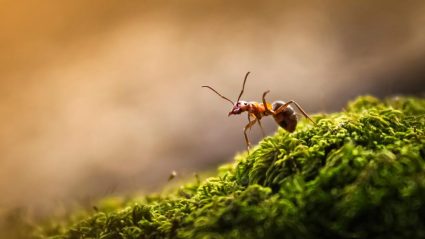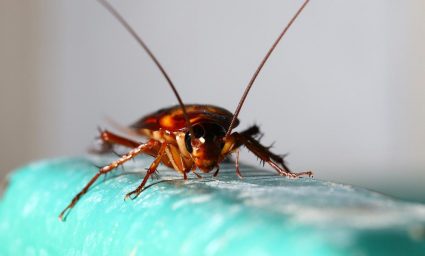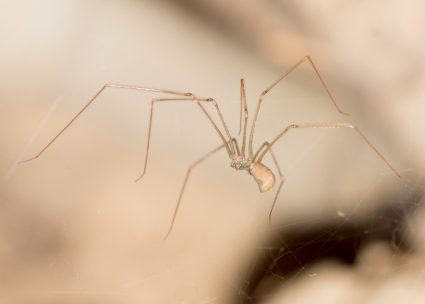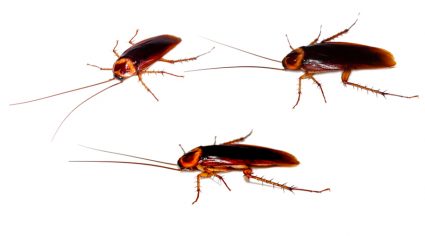
Cockroaches are common household pests that no one wants to deal with. They are notorious for their ability to adapt to a wide range of environments and for their resilience. Understanding what attracts these pests can help you prevent them from infesting your home. This comprehensive guide will delve into the preferences of roaches, including their preferred food, environment, and more.
Cockroaches, being omnivores, like a wide variety of foods including starches, sweets, greasy foods, and meats, but they can also consume unconventional items like cardboard, book bindings, and even their own skins when food is scarce. They prefer to inhabit dark, humid, poorly ventilated spaces, often found in urban areas, homes, and outdoor environments like gardens. They are attracted to food smells, tactile cues, humidity, pheromones, and fecal trails, and prefer temperate weather conditions.
Food Preferences
Cockroaches are omnivores, and they are not picky eaters. They are particularly attracted to starches, sweets, greasy foods, and meats. However, their diet can extend to more unconventional items derived from plants and animals, such as cardboard boxes, book bindings, wallpaper glue, and even their own cast-off skins. Roaches have been known to consume hair, toothpaste, soap, and other roaches when food sources are scarce.
Preferred Habitats
Roaches can thrive in various habitats, from urban areas and homes to outdoor environments like gardens. They prefer dark, humid, and poorly ventilated spaces. Indoors, they often hide in cabinets under sinks, inside or under garbage cans, near food prep areas, and in damp areas like bathrooms. Outdoors, they can be found under decks, in crawl spaces, near dumpsters and garbage cans, in leaf litter, and around storage sheds.
Social Behavior and Communication
Cockroaches are social creatures that communicate using chemicals called cuticular hydrocarbons. They are attracted to food sources and often form feeding aggregations when a preferred food source is located.
Common Types of Roaches
Some common types of cockroaches found in homes include the German Cockroach, American Cockroach, Brown-Banded Cockroach, Oriental Cockroach, Smoky Brown Cockroach, Asian Cockroach, Wood Cockroach, and the Cuban Cockroach. Each species has its own set of preferences when it comes to food and habitat.
Sensory Cues
Cockroaches are attracted to sensory cues such as food smells, tactile cues, humidity, pheromones, and fecal trails. These cues help them find food, mates, and suitable habitats.
Response to Light and Temperature
Cockroaches are nocturnal insects that generally avoid light. They are more active during the night and scatter when exposed to light. Regarding temperature, cockroaches prefer temperate weather, within a range of 77℉ to 86℉, and they thrive in humid conditions.
Conclusion
Understanding what cockroaches like can help you make your home less attractive to these pests. By eliminating their preferred food sources, reducing humidity, and sealing potential hiding spots, you can reduce the risk of a roach infestation. Remember, prevention is always better than cure when it comes to dealing with pests like cockroaches.
Frequently Asked Questions
How fast can cockroaches reproduce?
Cockroaches reproduce rapidly. A female cockroach can produce up to 400 offspring in a year. This rapid reproduction rate contributes to their resilience and makes them difficult to eliminate once they have infested an area.
Can cockroaches survive without food and water?
Yes, cockroaches can survive for up to a month without food and about two weeks without water. This ability to survive without basic necessities for extended periods contributes to their resilience.
Are cockroaches harmful to humans?
While cockroaches do not directly harm humans, they can carry and spread various diseases. They can contaminate food and surfaces with bacteria such as E. coli and Salmonella, which can cause food poisoning. Additionally, cockroach allergens can trigger asthma attacks and allergic reactions in some people.
Can cockroaches fly?
Not all cockroaches can fly. Some species, like the American Cockroach and the Asian Cockroach, have wings and can fly short distances. Others, like the German Cockroach, have wings but cannot fly.
Why are cockroaches hard to kill?
Cockroaches are hard to kill due to their resilience and adaptability. They have a rapid reproduction rate, can survive without food and water for extended periods, can live in a wide range of environments, and some species can resist common pesticides.

